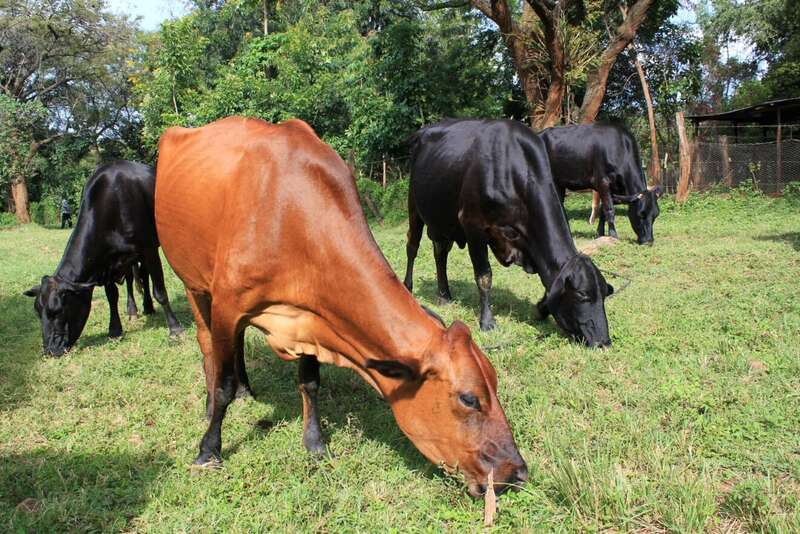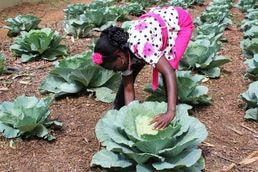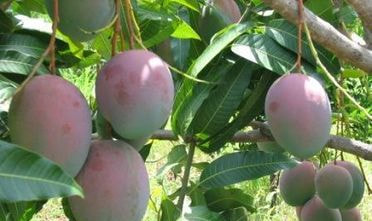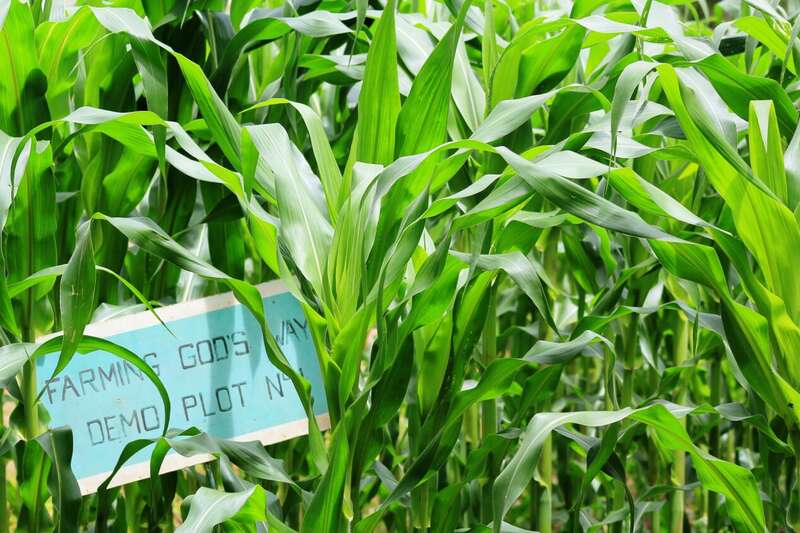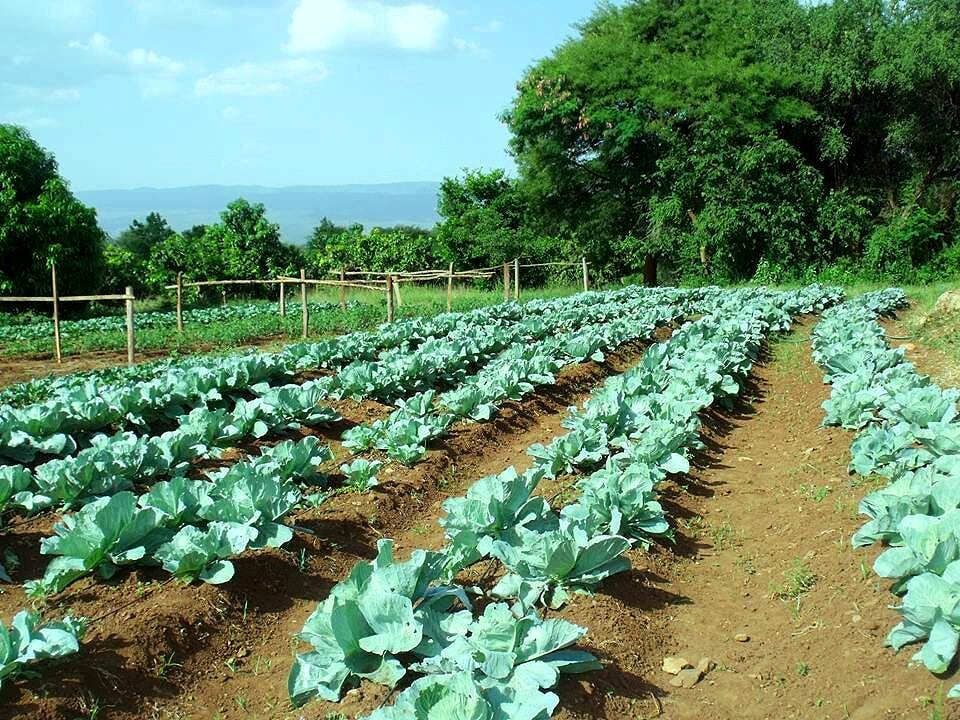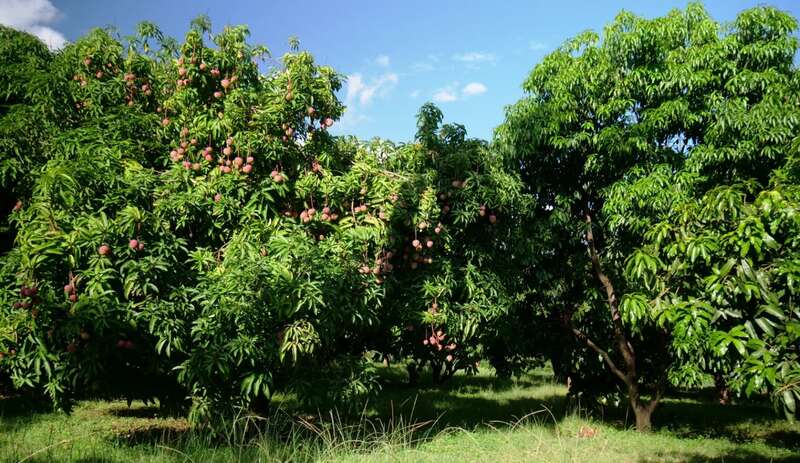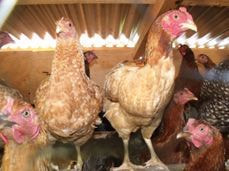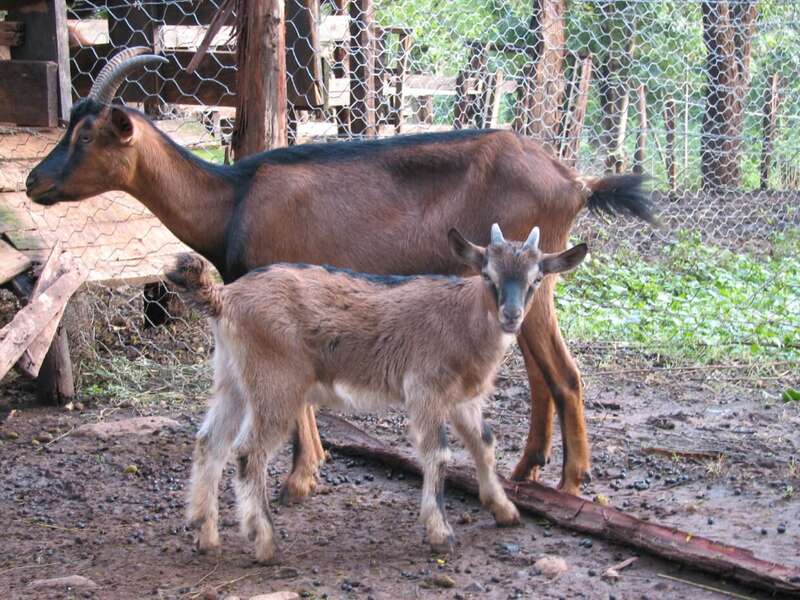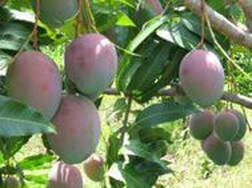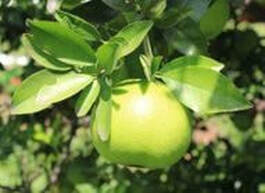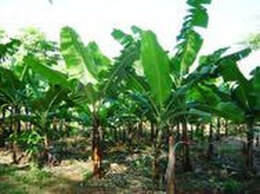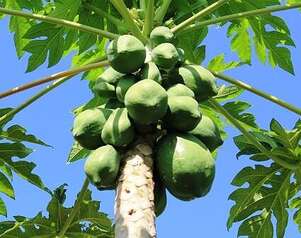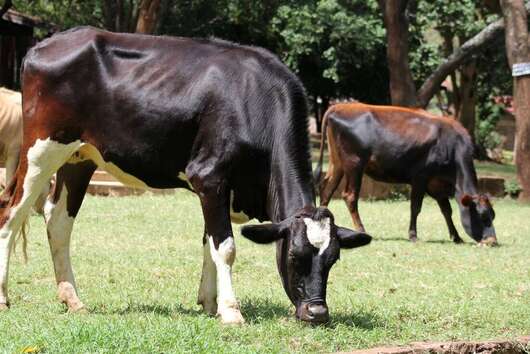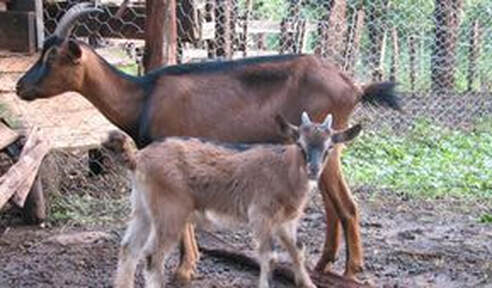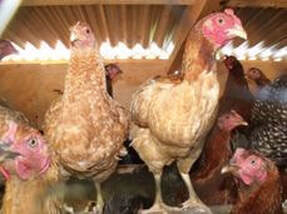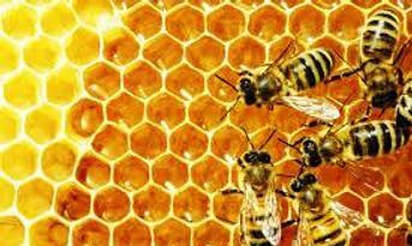2024 Brochure of CATIC Training
Modules
Modules
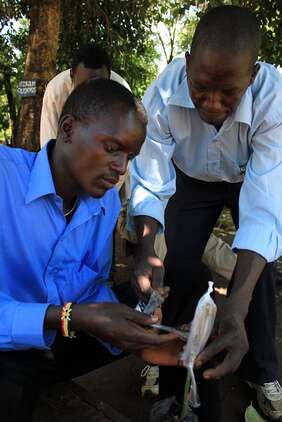
Agricultural training is based on residential modules of up to 5 days duration. These training packages are specifically designed for Kenya's small scale farmers, NGOs, the private sector as well as for County and National Government staff working in related fields. There is no formal entry requirement to these modules. Teaching is normally done in English and Swahili.
Course participants are expected to attend all classroom teaching and practical sessions. Suitable clothing and footwear for practical work should be brought by participants. All tools and other requirements are supplied.
As a Christian training centre, all our training and activities are based on a Christian Biblical foundation. This underpins all our activities and daily Bible study, worship and prayer times take place at which all staff and students are expected to participate. The training is open to those of all faiths and none, but participation in these Christian activities is considered as an integral part of the training course.
On successful completion of a module a Certificate of Participation is presented at an awards ceremony
Course participants are expected to attend all classroom teaching and practical sessions. Suitable clothing and footwear for practical work should be brought by participants. All tools and other requirements are supplied.
As a Christian training centre, all our training and activities are based on a Christian Biblical foundation. This underpins all our activities and daily Bible study, worship and prayer times take place at which all staff and students are expected to participate. The training is open to those of all faiths and none, but participation in these Christian activities is considered as an integral part of the training course.
On successful completion of a module a Certificate of Participation is presented at an awards ceremony

